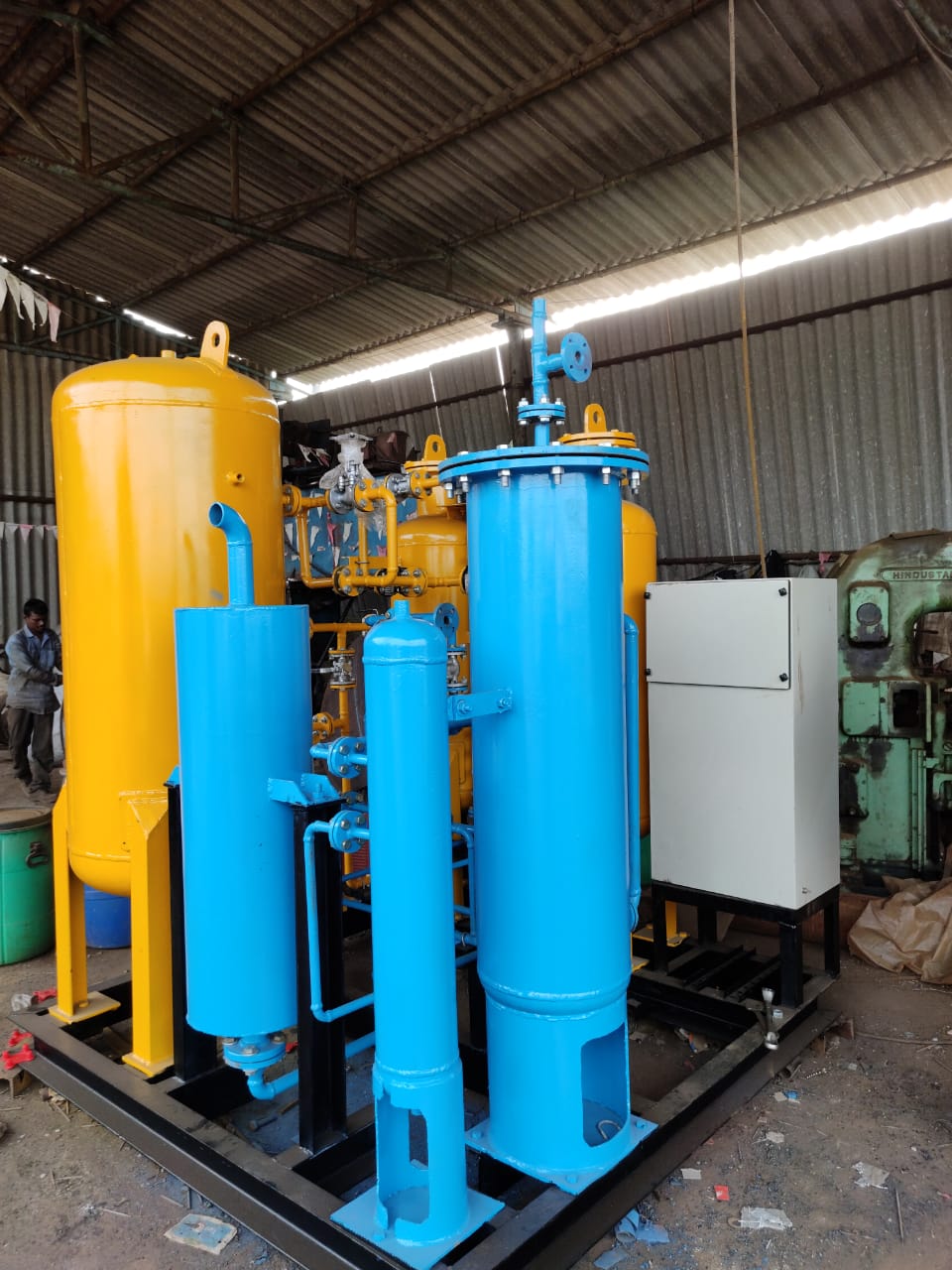
A heatless type air dryer is a device used to remove moisture from compressed air systems. It operates based on the principle of pressure swing adsorption (PSA). Here's how it works:
Adsorption Towers: The heatless air dryer consists of two adsorption towers filled with a desiccant material such as activated alumina or molecular sieve. These towers alternate between two operational phases: drying and regeneration.
Drying Phase: Moisture-laden compressed air enters one tower while the other is in regeneration mode. As the air passes through the desiccant bed, the moisture molecules adhere to the surface of the desiccant material. This process reduces the dew point of the air, effectively drying it.
Regeneration Phase: After a certain period of time, the desiccant bed in the tower that was drying the air becomes saturated with moisture. The air flow is then diverted to the second tower, and the first tower enters the regeneration phase.
Purging with Dry Air: To remove the moisture from the saturated desiccant bed, dry air from the other tower is used. This dry air flows through the bed, picking up the moisture and carrying it away. The moist air from the regeneration process is typically vented outside the system.
Cycle Reversal: The drying and regeneration phases alternate cyclically. This ensures a continuous supply of dry compressed air without interruption. The switching between towers is controlled by a valve system.
Energy-Efficient: The term "heatless" indicates that external heat sources are not required for regeneration. Instead, the dry air from the other tower is utilized, making the process energy-efficient.
Heatless type air dryers are widely used in industries where a steady supply of dry compressed air is crucial for various applications, such as pneumatic tools, electronics manufacturing, and food processing. The efficient cycle of adsorption and regeneration helps maintain the quality and reliability of compressed air systems while minimizing energy consumption.